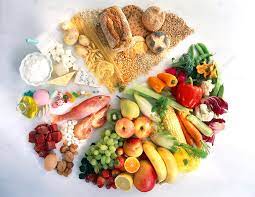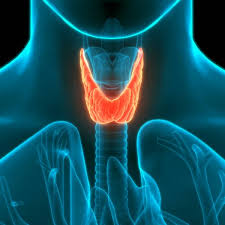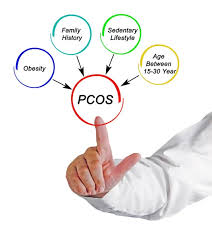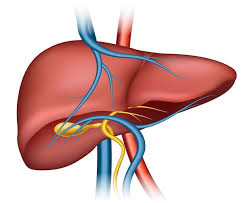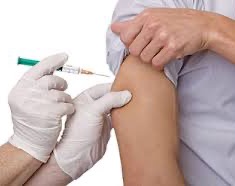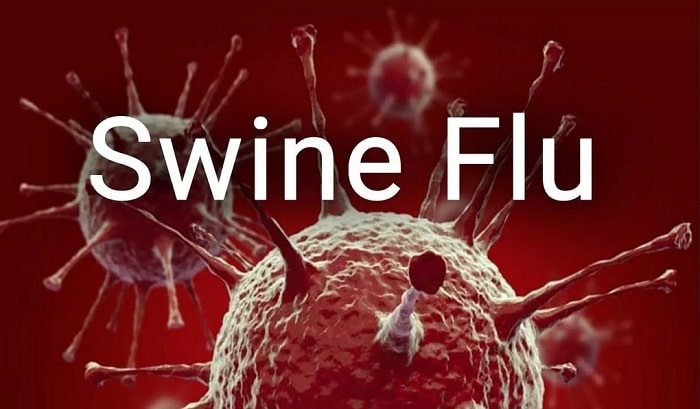Balanced & Nutritious Diet
Some articles – some little and easy tips on a Balanced & Nutritious Diet by the doctors of WOW India & DGF, must read…
It is never too late ti correct one self
💯% you can do it !
Correct BMI is less than 23 ..
My weight us 65 with 5.4 ht at 70+
❤️
We need diet between 1000-1500 calories.
70 % should be salad & fruits & sprouts .
Veg 🥗 proteins
Ye chahiye
❤️🥦🥒🥗🥦🥒🥗
😂😂😂😂😂😂😂
💯% stress free
Minus negative emotions …which bring at this stage cancers ❤️
🆓🆓🆓🆓🆓 yourself of negative emotion
🥰 bhool jawo …log kya kahenge.
Believe in giving & not grabbing
❤️
by Dr. Sharda Jain
Few more things to add-
Exercises to be more weight bearing- so as to help muscle mass gain
Fats& carbs to be reduced to minimum, as its already abundently stored fromall past years just to decrease chances of heart attack, stroke, type2 diabetes, difficult breathing etc.
Add more of curd, cheese, sprouts of moong dalas they can be easily digested& r part of stem cell like complete resource
Take seasonal fruits, more of salads, semi cooked vegetables.
If u like carbs, then consume, complex carbs, the more coarse the better, the finer , the worst- maida worst
Avoid sweets, icecream, cold market drinks, canned juices
Drink plenty of lemonated water- stay hydrated
Bmi- 25
Height& weight should be proportionate
Average5:5 height weight can be 55 kg approx abdominal girth should be less than pelvis- reverse will cause difficult breathing , heart problems- chronic disease
by Dr. Chaturvedi
Diet full of macro and micro nutrients, Exercise, meditation, calories, plenty of fluids , everything has been already explained by Madam Dr Sharda Jain 🙏🙏
Do not take tea /coffee along with food
Try to add mota anaj, i.e. millets in your diet🙏🙏🌿🌱💚🙏🙏
by Dr. Chander Lata
सभी मित्रों को स्नेहिल नमस्ते 🙏🏻🙏🏻
62+ पर अच्छे स्वास्थ्य के लिए अपने खान-पान में बहुत ज्यादा complexities लाने की आवश्यकता नहीं होती है।
*पानी कम से कम आठ ग्लास
*भोजन में फाइबर की मात्रा अधिक ( फलों और सब्जियों -सलाद में)
*कार्बोहाइड्रेट की मात्रा कम
*वसा/चिकनाई, नमक, चीनी बहुत कम
सबसे ज़रूरी है ……जो भी ग्रहण करें, ईश्वर का प्रसाद समझकर लें, आनंदित मन से लें, आराम से खाएं। इसके लिए परमात्मा को धन्यवाद कहना कभी न भूलें।
बहुत जरूरी…
थाली में खाना उतना ही लें, जितनी आप की आवश्यकता है।
भोजन को व्यर्थ कर पाप के भागीदार न बनें।
छोटी प्लेट/थाली में खाना लेकर, छोटी चम्मच/छोटे कौर ,से खाना खाएं
डा रीता मलिक
62+ Good nutritious diet includes.
Fruits . colourful vegetables.Good sources of fibers. white grains cereals.beans etc.dry fruits
No added sugar .
Avoid fried food.
Golden rule on wt still applied burn more calories than you eat or drink
Remain Active ,positive ,
Regular exercise ,yoga , meditation ,
Above all doing …. remain attached with God .sb prabhu kripa se ho rha h .vo hi karwa rhe.
Mae kuch nhi kr rha. is sae stress free rahne mae bahut help milti h..sb acha hoga …….🙏🙏.
Sab ko pranam 🙏🙏
by Dr. Meenakshi

